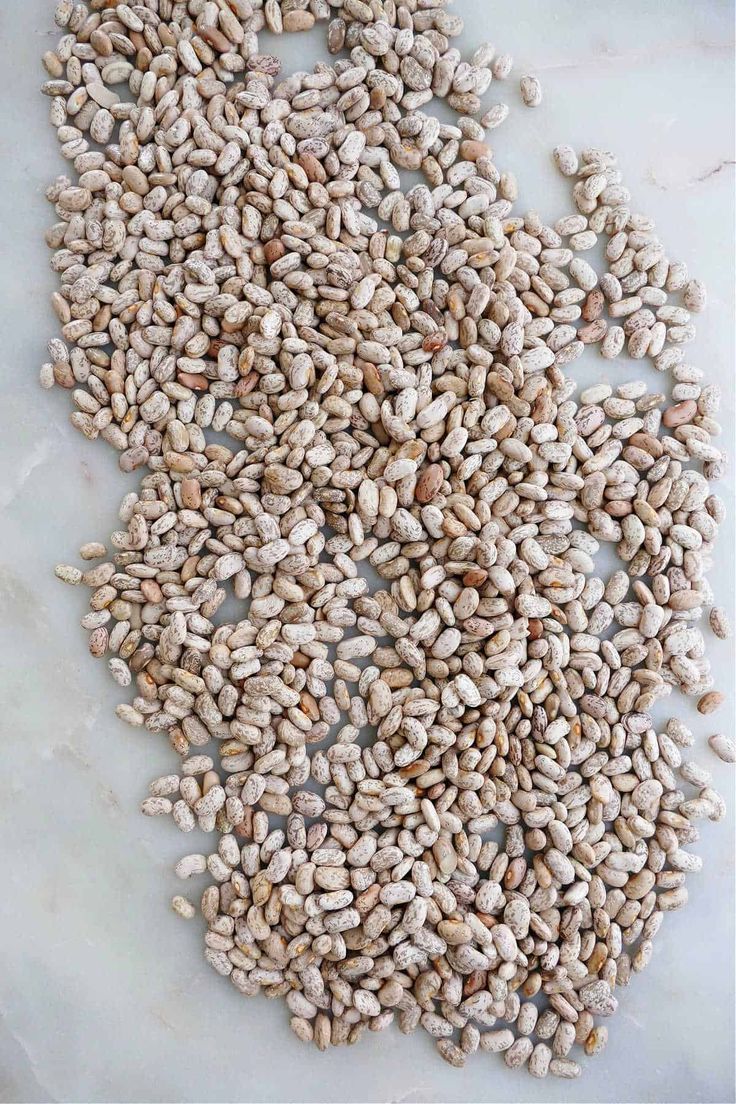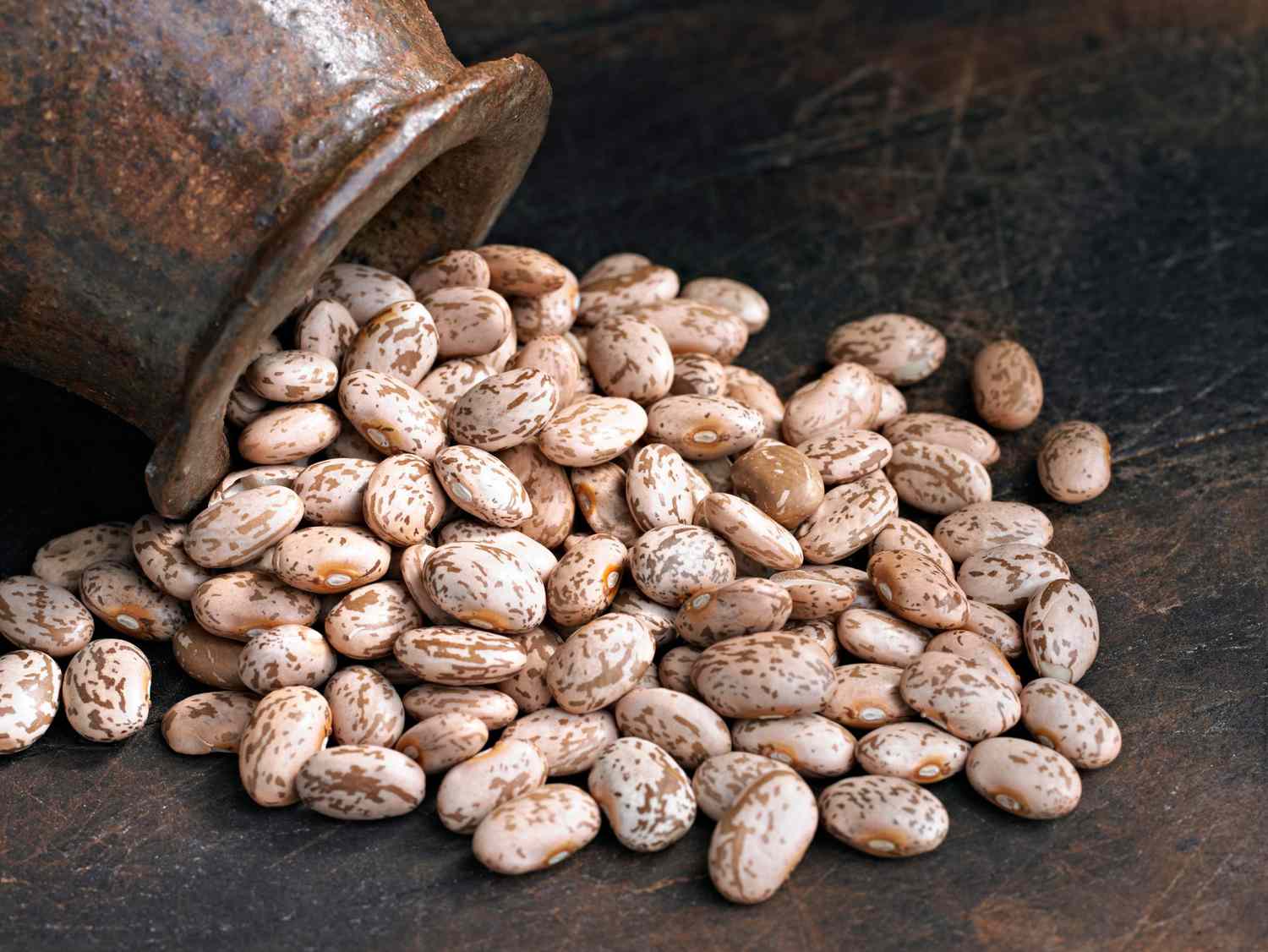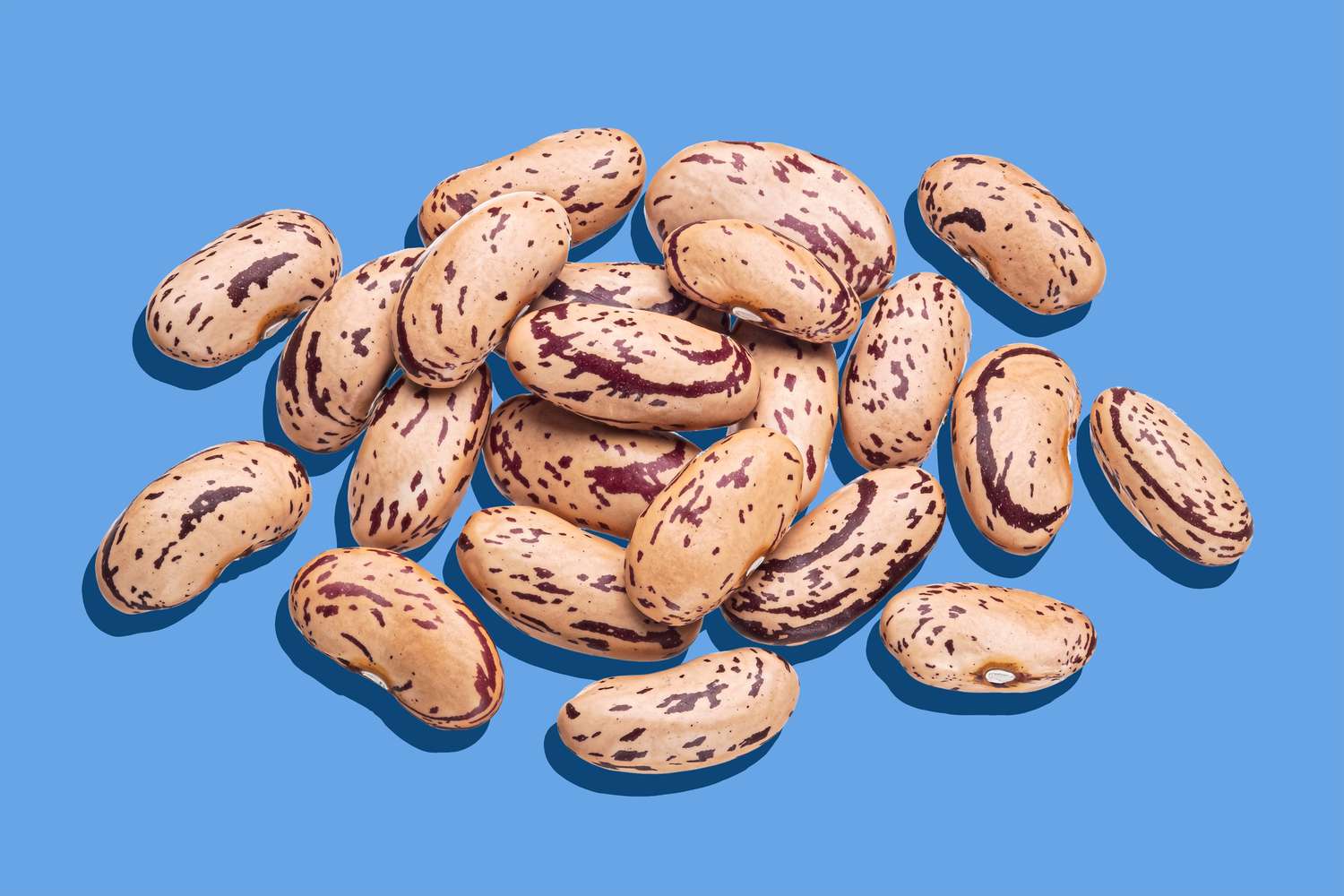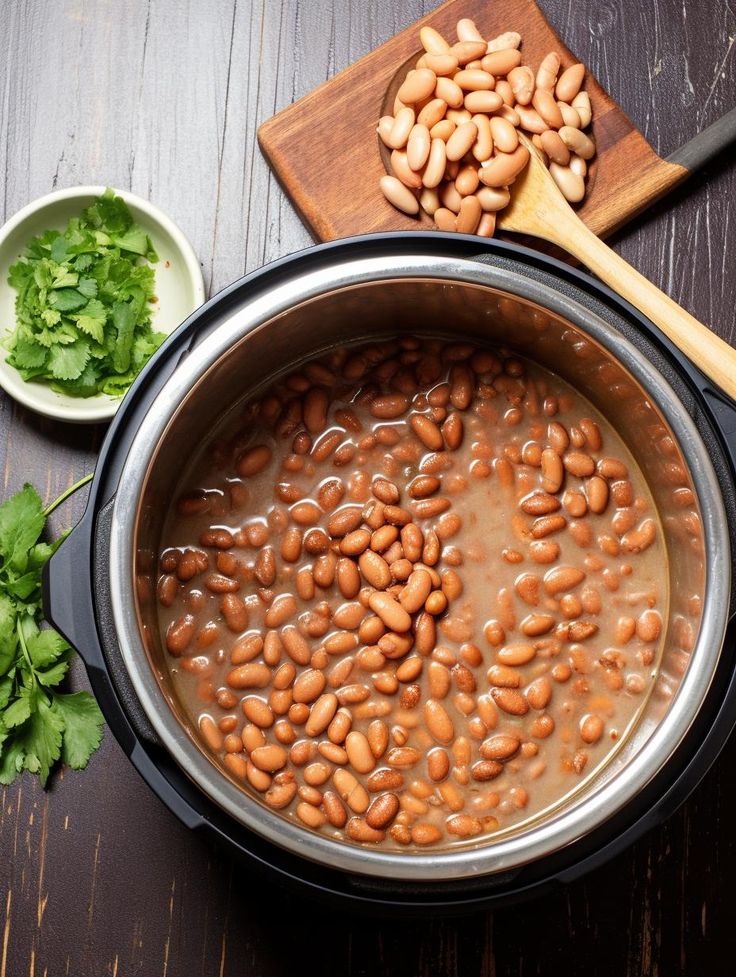Categories
The latest content
-

Customs Clearance & Import Regulations for Bulk Iranian Pinto Beans in EU, Middle East & Africa
..
-

Quality Control & Laboratory Testing Standards for Iranian Pinto Beans
..
-

Logistics & Shipping Solutions for Bulk Iranian Pinto Bean Exports
..
-

Minimum Order Quantity (MOQ) & Bulk Pricing for Iranian Pinto Bean Buyers
..

Tags
Minimum Order Quantity (MOQ) & Bulk Pricing for California Almond Buyers

The global demand for California almonds continues to rise, driven by health-conscious consumers, food manufacturers, and snack companies that rely on consistent quality and reliable supply. However, behind every successful almond import lies a crucial balance between Minimum Order Quantity (MOQ) and bulk pricing strategy.
At Tamila Agrifood, we specialize in connecting buyers worldwide with certified Californian processors and exporters. This article explores how MOQ and bulk pricing work in the almond trade, how to negotiate the best deal, and what factors influence cost and logistics efficiency.
Understanding MOQ in the Almond Trade
Minimum Order Quantity (MOQ) refers to the smallest volume of product a supplier is willing to sell per transaction. In the almond export industry, MOQs are typically determined by factors like packaging type, shipping method, and processing grade.
Standard MOQ for California Almond Exports:
• Containerized Shipments: 1 × 20-foot container (≈ 17–18 metric tons)
• Air Freight (Smaller Orders): 1–2 metric tons minimum (for premium or urgent shipments)
• Mixed Loads: Some suppliers offer mixed-variety shipments (e.g., Nonpareil + Carmel) for flexibility
By setting an MOQ, suppliers optimize production costs, ensure efficient handling, and maintain price stability — while buyers benefit from consistent product quality and reduced freight cost per ton.
Bulk Pricing Models for California Almonds
When purchasing almonds in bulk, pricing depends on several variables beyond volume alone. The pricing structure typically includes considerations such as:
1. Variety & Grade:
Nonpareil almonds command premium pricing due to their quality, color, and high demand. Carmel and Monterey varieties are slightly lower in price, ideal for mid-range applications.
2. Kernel Size & Type:
o Whole almonds are priced higher than broken kernels or pieces.
o Blanched almonds cost more than natural due to added processing.
3. Packaging:
o 25 kg vacuum-sealed bags or 50 lb cartons are standard.
o Bulk tonnage in flexible bags (FIBCs) offers lower unit cost.
4. Seasonal Variations:
Prices fluctuate during the harvest season (August–October) and depend on California’s yield, weather conditions, and global demand trends.
5. Shipment Method:
o FOB (Free on Board): Buyer manages freight and insurance.
o CIF (Cost, Insurance & Freight): Exporter delivers to the buyer’s port with full insurance coverage.
CIF is usually slightly more expensive but provides better risk protection for long-distance buyers.
Example of Almond Bulk Pricing (Indicative)
Variety: Nonpareil
Grade: Premium
MOQ: 18 Metric Tons
Approx. Price (USD/MT): $5,200 – $5,600
Packaging: 25 kg cartons
Variety: Carmel
Grade: Standard
MOQ: 18 Metric Tons
Approx. Price (USD/MT): $4,800 – $5,200
Packaging: 25 kg cartons
Variety: Monterey
Grade: Standard
MOQ: 18 Metric Tons
Approx. Price (USD/MT): $4,600 – $4,900
Packaging: 25 kg cartons
Variety: Butte/Sonora Mix
Grade: Industrial
MOQ: 18 Metric Tons
Approx. Price (USD/MT): $4,300 – $4,700
Packaging: 25 kg cartons
Variety: Broken Grades
Grade: Value
MOQ: 18 Metric Tons
Approx. Price (USD/MT): $3,800 – $4,200
Packaging: 25 kg cartons
(Note: Prices vary with market fluctuations, quality certifications, and shipping routes.)
Negotiating Better Bulk Almond Prices
Savvy importers know that price negotiation is an art — and involves much more than just volume. Here are several professional strategies to secure favorable rates and long-term partnerships:
1. Leverage Long-Term Framework Agreements:
Committing to multiple shipments annually allows buyers to lock in better pricing and guarantee supply stability, especially during global shortages.
2. Combine Varieties in Shared Containers:
Blending Nonpareil with other grades like Carmel or Monterey helps optimize total cost per metric ton.
3. Request Multi-Season Contracts:
This ensures predictable pricing and mitigates market volatility.
4. Purchase During Post-Harvest Season:
Almond prices are typically most competitive between November and January, when inventories are fresh and abundant.
5. Work with a Trusted Supplier:
Partnering with established exporters like Tamila Agrifood ensures transparent pricing, quality verification, and traceable logistics from California farms to your destination port.
How Tamila Agrifood Simplifies the Process?
At Tamila Agrifood, we make almond procurement efficient, transparent, and cost-effective by providing:
• Verified supplier partnerships with California Almond Board-certified processors
• Competitive FOB and CIF quotations
• Professional logistics and customs support for bulk importers
• Mixed container shipments for diversified almond types
• Real-time market updates on global pricing trends
Whether you are a retailer, food manufacturer, or wholesale distributor, our team helps you balance MOQ, quality, and pricing to maximize profitability in your local market.
Final Thoughts
Understanding MOQ and bulk pricing dynamics is essential for successful almond import operations. By mastering these elements — and working with a trusted supplier — you can achieve both cost efficiency and consistent quality.
With Tamila Agrifood, you gain more than a supplier — you gain a partner committed to excellence, transparency, and global sourcing expertise.
Ready to import California almonds in bulk?
Contact Tamila Agrifood today to request your customized quotation and start building a sustainable, profitable supply chain.
Email: tamilaagrifood@gmail.com
Call / WhatsApp: +989141858935



